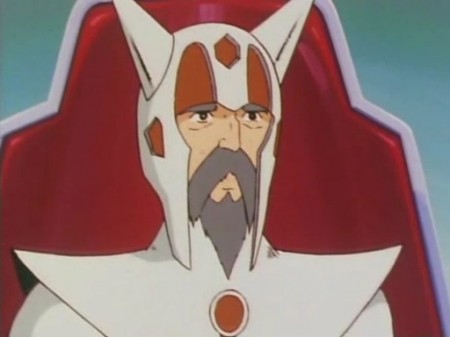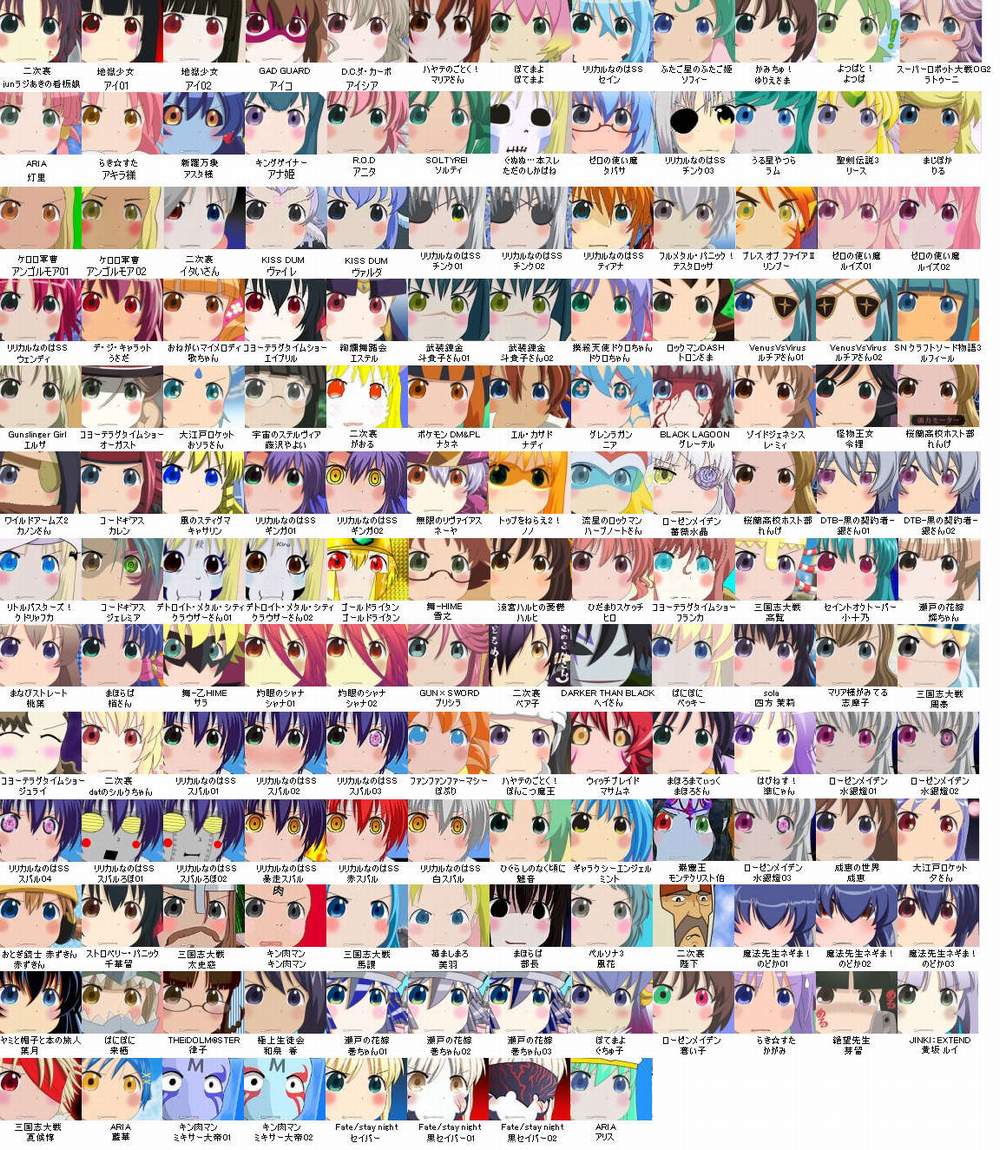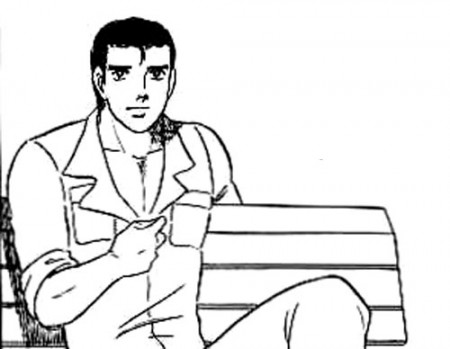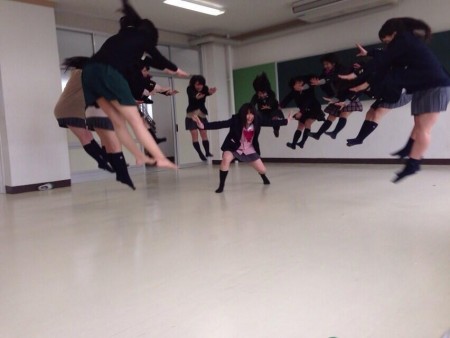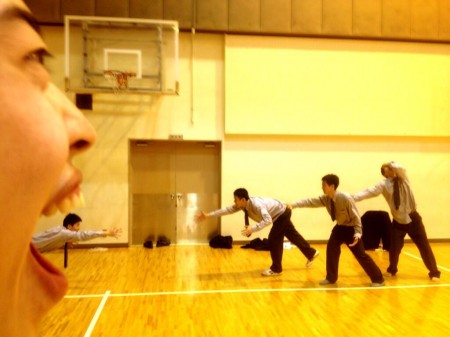Ask John: Does Japan Have Anime Memes?
Question:
The most famous (and only famous) anime meme in America is the famous “It’s over 9000!” clip from DBZ. I’m curious though, does Japan have its own popular anime memes that most American fans would be unfamiliar with?
Answer:
Internet culture has developed slightly different in Japan than it has in America due to the fact that traditionally Japanese personal homepages and websites have been reluctant to include images. Concern over copyright infringement has long made Japanese website owners wary of adding images to their sites. Furthermore, Japanese etiquette and respect for personal privacy has dictated limitations on images posted to personal webpages in Japan. As a result, viral “meme” images in Japan have largely arisen in fan created video clips and in photography more than in traditional webpages and forums, which have been dominated by original ASCII characters like Mona (parodied in the Nurse Witch Komugi-chan OVA series) and Kuma (adopted and transformed by Americans into “Pedobear”). Numerous Japanese viral “memes” focus on celebrity and governmental figures or original characters, but ones based literally on anime also exist. I’m not aware of or familiar with all of the Japanese internet memes inspired by anime, but I can identify a few of the most prominent ones.
Heika (“The Majesty”) is recognized as one of Japan’s earliest and greatest memes. The screenshot of minor character Torinomias from the 1980 sci-fi anime TV series Uchu Senshi Baldios was posted to the 2chan message board with the command, “Omaera, Mou Nenasai,” (You, go to sleep) to encourage forum disputes to be resolved or set aside. The obscurity of the character piqued people’s interest and eventually turned the elderly character into the grandfather of Japanese memes.
The ending credits animation of the 2003 Popotan anime television series included the cast doing a hip-swinging, faux floppy-eared dance that turned into the “Caramelldansen” meme. Literally hundreds of different variations of the simple dance performed by characters from virtually every anime series imaginable began appearing on the web in Japan in 2008 under the name “Uu-Uu-UmaUma.”
Ana Copolla’s angry close-up in the second episode of the 2005 Ichigo Marshmallow anime TV series got picked up in 2007 by Japanese internet users who transposed the image with a variety of other anime characters, giving the image the name “Gununu,” the Japanese equivalent of a teeth-gnashing “Grrrr.”
From manga rather than anime, Junichi Yamakawa’s 1987 gay manga short story Kuso Miso Technique introduced the “ii otoko” (good-looking guy) Takakazu Abe, who seductively asked the male protagonist, “Yaranaika?” (Wanna do it?). The bizzare non-sequitur nature of the whole situation, including protagonist Masaki Michishita actually considering Abe attractive became a popular Japanese meme 2003.
In March 2013 the staged “Makankosappo” image, inspired by Dragon Ball, hit Twitter in Japan when Chanman @mkpiiii9 posted a photo of Japanese schoolgirls being blown away by spiritual ki energy. Recreating the iconic Dragon Ball ki attacks with friends quickly became a Japanese hobby that has more recently evolved with inspiration from the current Shingeki no Kyojin anime TV series. Now Japanese hobby photographers are using forced perspective to homage Hajime Isayama’s Shingeki no Kyojin manga.
